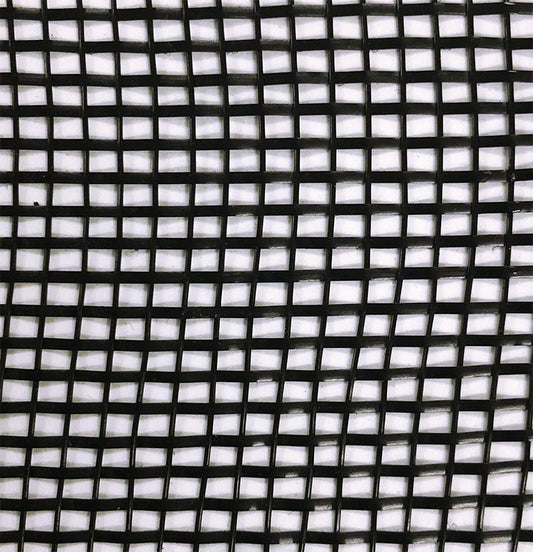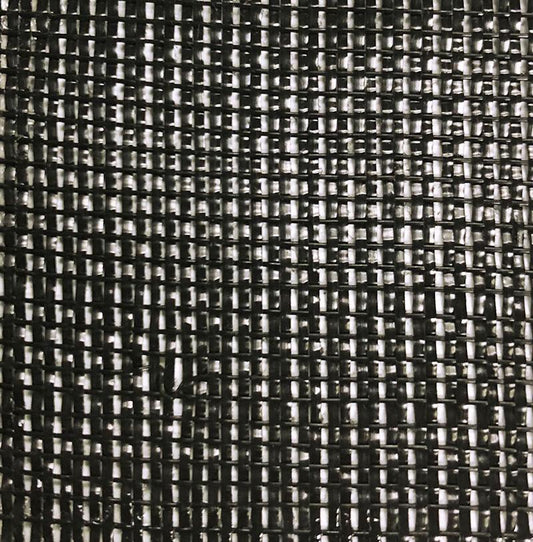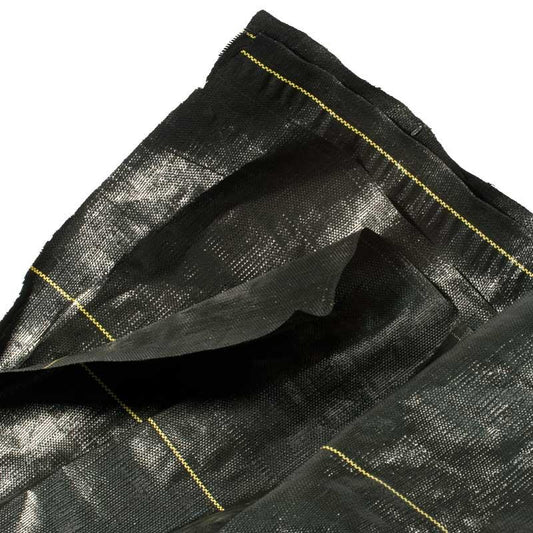Shade Tolerant Citrus Care: How to Protect Your Trees from Citrus Sunburn and Sunlight Shock
Citrus trees bring bright color, fragrant blossoms, and delicious citrus fruits to any garden, but young trees—especially shade tolerant citrus like Meyer lemons and certain lime varieties—are surprisingly sensitive to sunlight.
While citrus trees are known for loving warm climates, their tender leaves can easily burn if they are exposed to full sun too quickly. Understanding how much sun do citrus trees need, how to acclimate them, and how to protect citrus trees from sunburn is essential if you want your citrus to thrive through the growing season.
This guide explains why citrus sunburn happens, how to prevent it, and how to help your tree recover if leaves turn yellow or scorched. Whether you're growing in the ground or in containers, your citrus can flourish with the right care.

Why Sunlight Matters for Citrus Trees
Do Citrus Trees Need Full Sun?
Most citrus, including oranges, grapefruits, and Meyer lemon trees, do best in full sun once they are fully established. Sunlight fuels flowering and fruiting, helping the tree grow strong branches and produce fruit consistently.
How Much Sun Do Citrus Trees Need?
In general, citrus requires 6–8 hours of direct sunlight daily. However, young trees and newly planted citrus need a gradual introduction to strong light.
Can Lemon Trees Get Too Much Sun?
Yes. Early-stage lemon tree sunburn is very common. Tender leaves and bark scorch easily in hot, dry conditions—especially in late spring and the summer months. If you’ve ever wondered “do lemon trees need direct sunlight?” or “do lemon trees like full sun?” the answer is yes, but not all at once.
You can read more about citrus sunlight needs in the How to Grow Citrus Guide and the How to Grow Citrus Trees article.

Understanding Sunburn in Citrus
What Causes Lemon Tree Sunburn?
Sunburn happens when leaves are suddenly exposed to intense sunlight before they have adapted. The result is:
- Sunburn citrus leaves (yellow, white, or brown patches)
- Leaf curling
- Fruit drop
- Slowed growth
- Risk of nutrient deficiency
- Permanent bark damage on extreme days
Learn more about plant sun damage in the Sunscald and Sunburn in Plants Guide.
Why Are Citrus Trees Sensitive?
Citrus leaves have thin, glossy surfaces that heat up quickly. Young trees lose moisture fast, and if the soil around the root ball dries out, root rot or stress can follow—especially if the soil is not in well-drained soils or proper potting soil.
During the growing season, high sunlight also increases pests like citrus leafminers and spider mites. Learn more here:
- Understanding Citrus Leafminer
- Citrus Leafminer & Organic Control
- Controlling Aphid Populations
- Spider Mites Guide

How to Acclimate Citrus Trees to Sunlight
Acclimating citrus is simple but must be done slowly:
1. Start in Partial Shade
Place young trees where they receive morning sun and afternoon shade. This helps them harden gradually without burning.
2. Increase Light Over Weeks
Each week, increase their sunlight exposure by 30–60 minutes. Continue until they tolerate full sun.
3. Maintain Soil Moisture
Citrus trees lose water faster in sunlight. Deep watering encourages strong tree roots and prevents stress. Keep soil moist but not flooded to avoid root rot.
4. Use Shade Cloth if Needed
Shade cloth is essential during heatwaves or after transplanting. Explore options:
See also How to Protect Plants with Shade Cloth.
5. Mulch to Retain Moisture
Mulch keeps soil cool and reduces evaporation, protecting roots from heat stress. Try:
Learn how mulching builds healthier soil in Using Compost & Mulch for Spring Prep.
6. Choose the Right Location
Plant in early spring so the tree grows stronger before peak sunlight. For container citrus or indoor trees, check out:

Consequences of Excess Sun Exposure
Too much sunlight can lead to:
- Sunburned leaves
- Reduced flowering and fruiting
- Poor citrus fruits quality
- Slowed growth
- Increased pests
- Weak, stressed trees
- Risk of root dehydration and nutrient deficiency
Many people ask: Can citrus trees recover from heat stress if leaves turn yellow?
Yes—most trees bounce back with shade, consistent watering, and time.
How to Protect Citrus Trees from Sunburn
Here are the best strategies:
Use Shade Cloth During Heatwaves
Shade cloth reduces heat and UV exposure without blocking too much light.
Provide Morning Sun, Afternoon Shade
This mimics their native growing conditions under taller trees.
Mulch & Deep Watering
Cool soil + deep hydration = less stress.
Companion Plants
Tall, noninvasive plants create natural, gentle shade.
Monitor for Pests
Heat-stressed trees attract insects faster.
Recommended Citrus for Partial Shade
Browse the full tree selection in the Citrus Tree Collection. Certain lemons and limes tolerate shade better than others, making them perfect for beginners.
Conclusion
Citrus trees love sunlight, but young trees need a slow introduction to full sun to avoid leaf burn, stress, and fruit loss. By understanding lemon tree sun requirements, managing soil moisture, using shade cloth, and practicing gradual acclimation, you set your citrus up for long-term health and abundant fruit.
With proper care, your citrus will thrive—even in the hottest summer months—and reward you with blossoms, growth, and bright fruit year after year.








